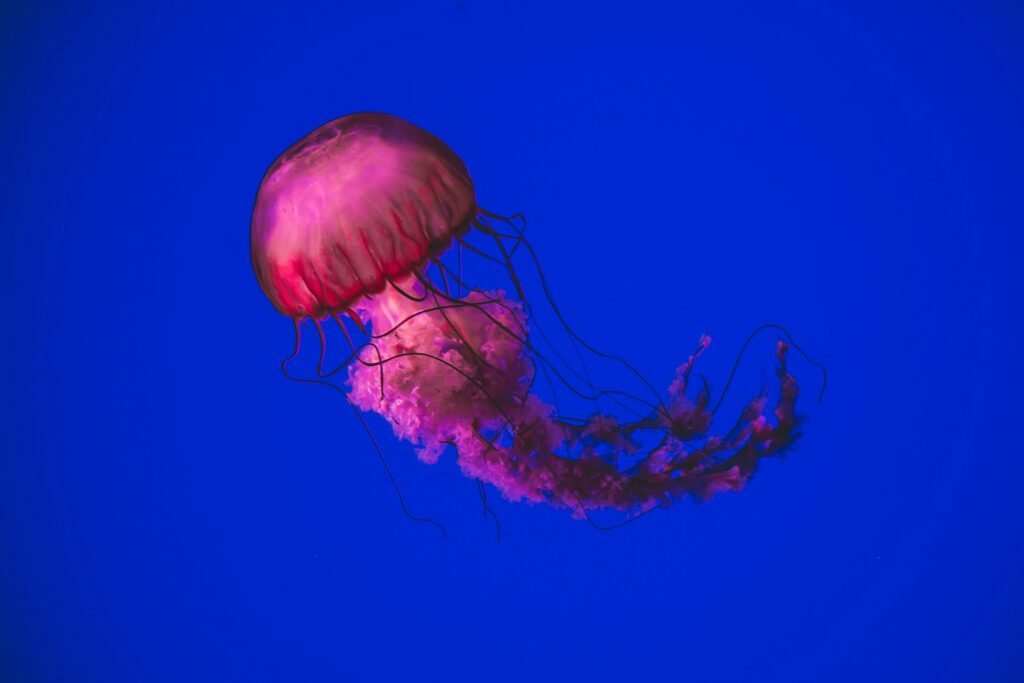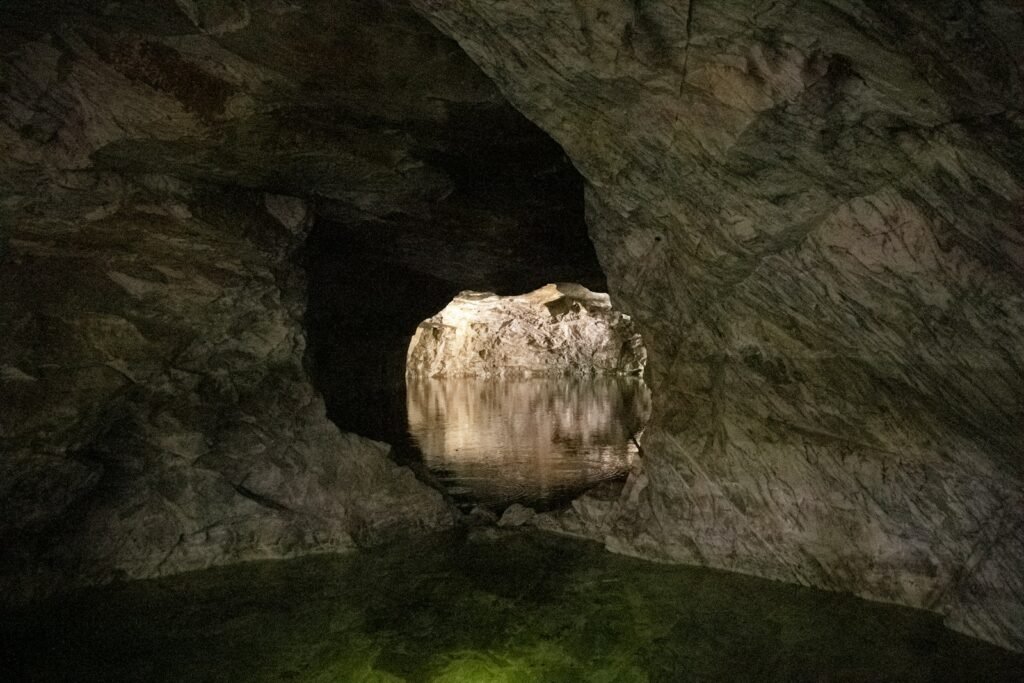Imagine standing on the icy plains of Antarctica, winds howling, temperatures plummeting below freezing—and then, try to picture towering forests, strange ferns, and dinosaurs wandering where only penguins shuffle today. It sounds unbelievable, almost like the setting for a science fiction novel. But scientists have uncovered a dazzling secret: beneath Antarctica’s miles-thick ice lies the fossilized memory of a land that once teemed with tropical life. This story is not just about ancient plants and animals; it’s about the powerful forces that shape our planet, the twists and turns of Earth’s climate, and the thrilling detective work of paleontologists. Let’s journey together through time and ice, to a forgotten world that challenges everything we think we know about the coldest continent on Earth.
The First Clues: Fossil Discoveries That Changed Everything
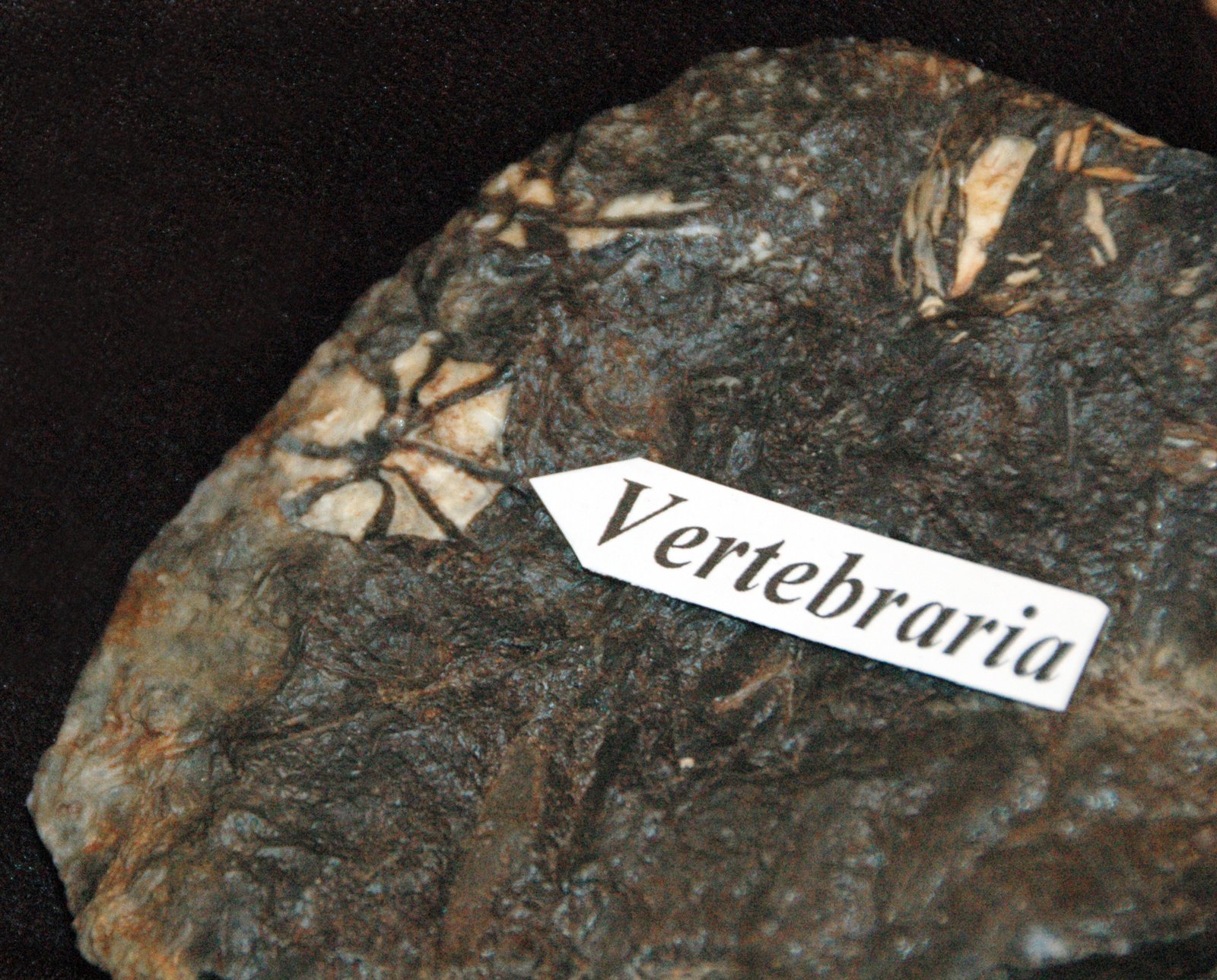
In the early 20th century, explorers digging in Antarctica’s frozen ground stumbled upon something astonishing—fossilized wood. These ancient tree remnants hinted at a time when the continent supported life unimaginable in today’s frigid landscape. Later expeditions uncovered fossilized leaves, seeds, and even pollen grains, buried deep in sedimentary rocks. Each discovery felt like a message from a lost world, whispering that Antarctica was once far from lifeless. The presence of these fossils shocked the scientific community, forcing researchers to rethink everything they believed about the continent’s past.
Giant Ferns and Mighty Trees: The Fossilized Flora

What kinds of plants once thrived in Antarctica? Fossils reveal an incredible variety—towering tree ferns, lush cycads, and even ancient relatives of today’s conifers. Some specimens, like Glossopteris, a seed fern with broad leaves, dominated the landscape around 250 million years ago. The sheer size of these plant fossils tells us that the continent was once blanketed in thick, green forests. Imagine walking through a prehistoric Antarctic jungle, shaded by canopies that blocked out the harsh sun. The evidence is clear: Antarctica was once as green and vibrant as any tropical rainforest.
Dinosaurs of the South Pole: Antarctic Animal Fossils

It’s not just plants that hint at a different past. Paleontologists have found the bones of dinosaurs, reptiles, and even amphibians in Antarctica’s rocks. One famous find is Cryolophosaurus, a meat-eating dinosaur with a strange crest on its head, discovered in the Transantarctic Mountains. There are also fossils of ancient amphibians and marine reptiles, suggesting rivers, lakes, and even swamps. These animals would have needed a much warmer, wetter climate than exists today, proving that ancient Antarctica was a haven for life.
Palm Trees in the Polar Night: Evidence of a Warm Climate

The fossil record shows that plants like palm trees once grew within the Antarctic Circle—a truly mind-boggling fact. Scientists have discovered fossilized pollen from palms and other subtropical plants, indicating balmy conditions with temperatures far above freezing. These plants don’t just survive anywhere; they thrive in warmth and moisture. This evidence paints a vivid picture of a continent bathed in long, mild summers and never-ending daylight, a stark contrast to the icy darkness that now defines Antarctica.
The Lost Rivers and Lakes: Ancient Waterways of Antarctica
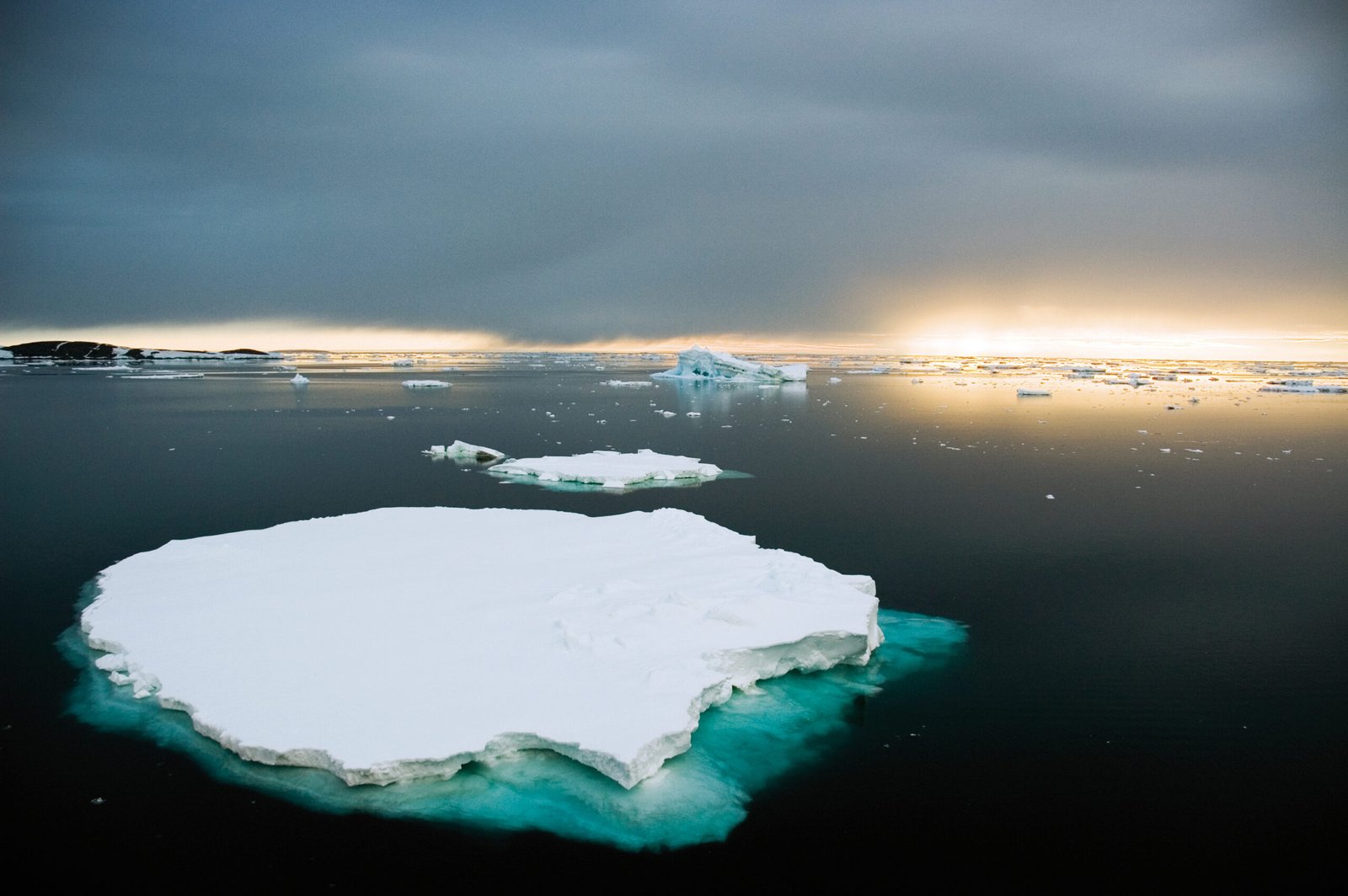
Hidden beneath Antarctic ice, researchers have found traces of ancient riverbeds and prehistoric lake deposits. Sedimentary layers packed with freshwater fossils suggest that flowing rivers and vast lakes once crisscrossed the continent. Some of these lakes may have been larger than any in today’s polar regions. These waterways would have nurtured thick forests and supported a complex web of animal life, from insects to giant amphibians. The continent’s lost rivers are like ghostly veins, hinting at the vibrant ecosystems that once thrived here.
Gondwana: Antarctica’s Place in the Supercontinent
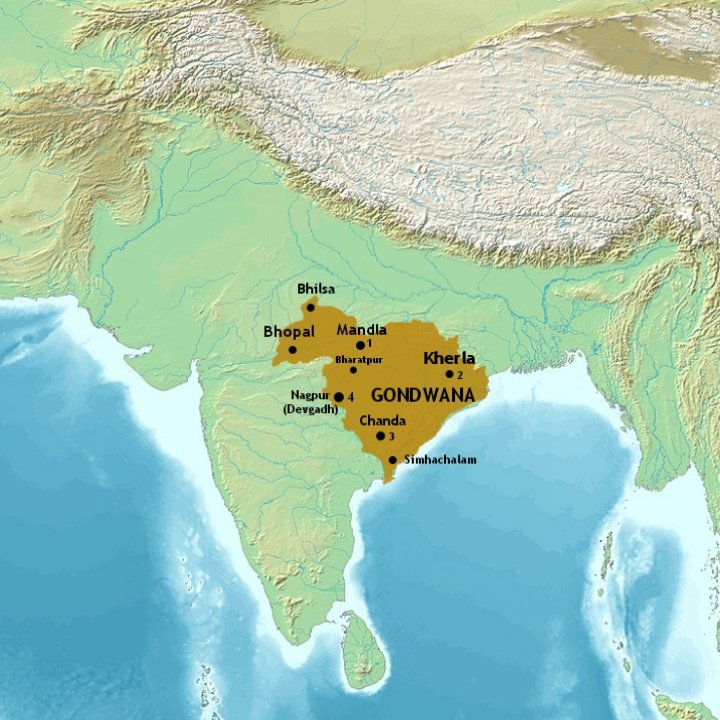
Antarctica wasn’t always alone at the bottom of the world. More than 200 million years ago, it was part of the giant supercontinent Gondwana, connected to South America, Africa, India, and Australia. During this time, plants and animals could migrate freely across vast distances, leading to similar fossils being found in places as far apart as Brazil and India. The breakup of Gondwana sent Antarctica drifting toward the South Pole, eventually isolating it and triggering its slow transformation into an icy desert.
Shifting Continents: Plate Tectonics and Changing Climates

The story of Antarctica’s tropical past is inseparable from the powerful forces of plate tectonics. As the Earth’s crust shifted, continents broke apart and collided, dragging Antarctica southward over millions of years. This movement changed ocean currents, wind patterns, and climates worldwide. At one point, Antarctica was closer to the equator, basking in sunlight and warmth. The slow, relentless march of the continents has shaped the world we know—and locked away Antarctica’s lush history beneath layers of ice.
Ice Takes Over: The Beginning of Antarctica’s Freeze

About 34 million years ago, Earth’s climate changed dramatically. Global temperatures dropped, and ice began to creep across Antarctica’s mountains and valleys. Scientists believe this cooling was triggered by shifts in ocean currents and a drop in atmospheric carbon dioxide. The continent’s forests died, animals vanished, and thick ice sheets gradually buried everything beneath their crushing weight. The transition from green to white was slow but relentless, leaving only fossils to tell the story of what was lost.
Digging Deeper: How Scientists Unearth Ancient Secrets
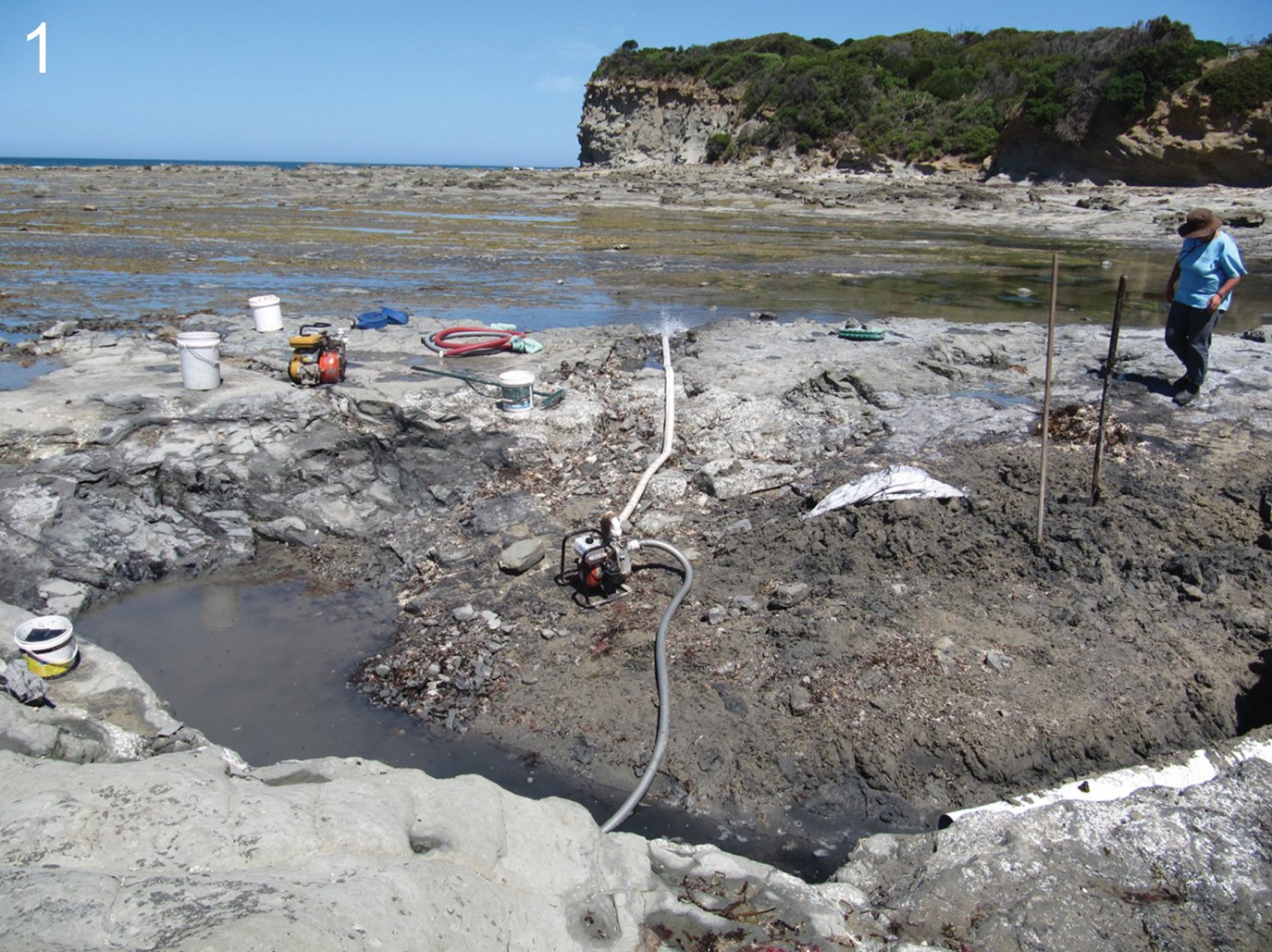
Unlocking Antarctica’s secrets requires determination, creativity, and a fair bit of bravery. Researchers use everything from ice drills to helicopters to reach remote fossil sites. Sometimes, they must chip away at rocks in blizzards or dig through layers of snow with frozen fingers. Advanced technology, like ground-penetrating radar and satellite imaging, helps them find promising locations hidden under the ice. Each fossil they recover is like a puzzle piece, fitting into the larger story of Earth’s ancient past.
Climate Clues: What Fossils Tell Us About Ancient Weather
Fossils aren’t just relics—they’re records of climate. By studying tree rings, leaf shapes, and pollen grains, scientists can estimate ancient temperatures and rainfall. Some Antarctic fossils show signs of growth rings, indicating seasonal changes much like those in modern trees. The abundance of certain plant types points to a warm, humid climate, while the presence of cold-blooded animals reveals that winters must have been mild. These clues help researchers reconstruct what life was like in prehistoric Antarctica.
Life in the Polar Night: How Did Plants and Animals Survive?
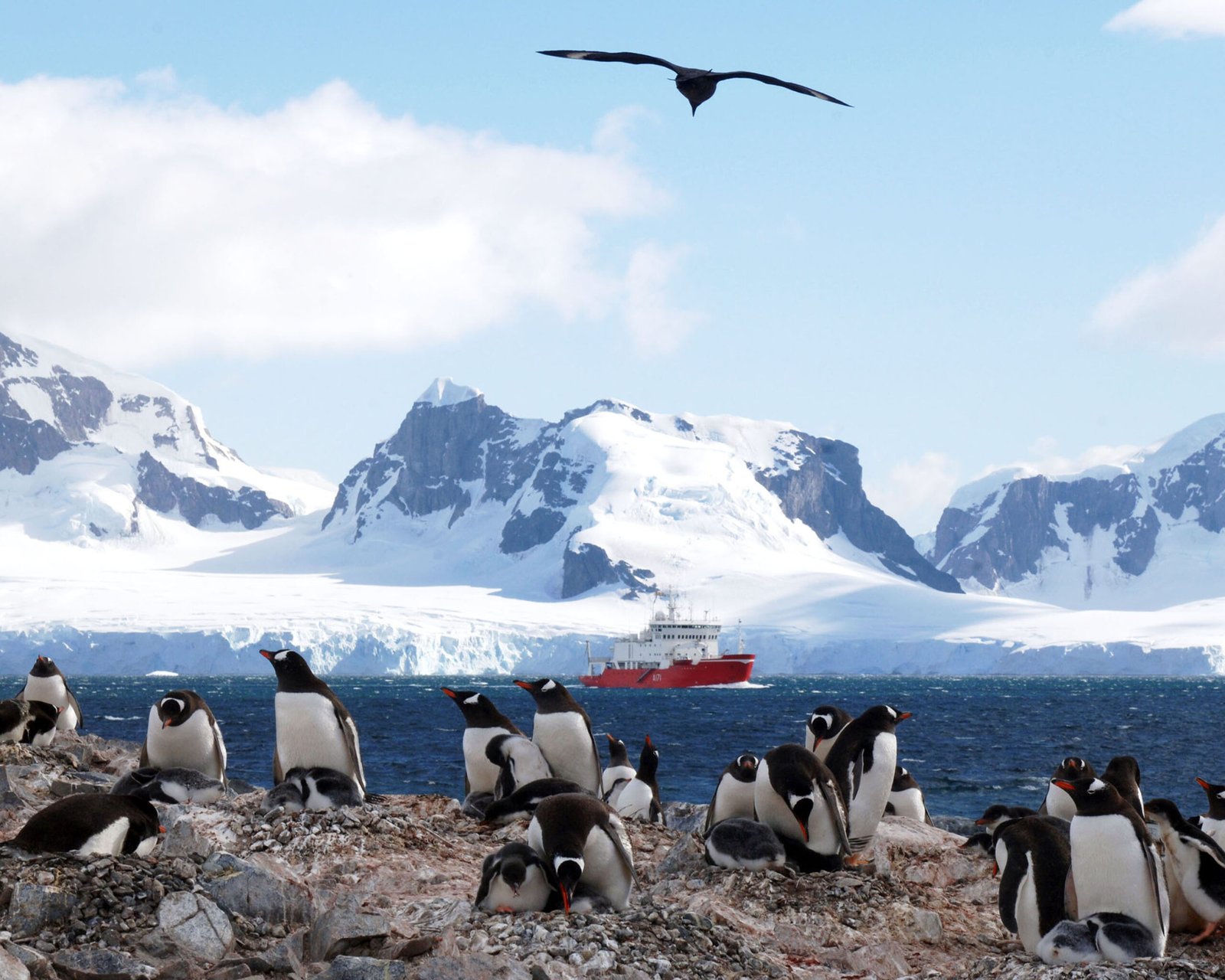
One of the most puzzling questions is how life thrived in Antarctica’s long, dark winters. Even when the continent was warm, it still spent months in darkness. Fossil evidence suggests that some plants adapted by growing rapidly during the endless summer sunlight and going dormant in winter. Animals may have hibernated or migrated to cope with the darkness. This remarkable adaptability shows just how resilient life can be, even in the most extreme environments.
Antarctica’s Ancient Inhabitants: From Insects to Dinosaurs

Fossils reveal a surprising cast of characters in ancient Antarctica. There were beetles, dragonflies, and other insects buzzing through the forests. Amphibians like Koolasuchus lurked in swampy waters, while armored fish swam in rivers. Dinosaurs, both herbivores and carnivores, roamed the land, feeding on the lush vegetation. The diversity of life rivals that of any modern rainforest, showing that Antarctica once pulsed with the rhythms of a thriving ecosystem.
Buried Treasures: Petrified Forests Under the Ice

Some of the most spectacular finds in Antarctica are petrified forests—whole stands of trees turned to stone over millions of years. These fossilized forests are often perfectly preserved, with bark, roots, and even the growth rings still visible. Walking among these ancient trunks, scientists can almost feel the echoes of the past. It’s like stepping into a time machine, surrounded by silent witnesses to a world long vanished.
Antarctica’s Coal: Fuel from an Ancient Jungle

Antarctica’s rocks are rich in coal, a direct legacy of its lush, forested past. Coal forms from the compressed remains of plants that lived and died in ancient swamps. Finding thick seams of coal beneath the ice is like discovering the ashes of a prehistoric bonfire. It’s a powerful reminder that the energy we use today was once sunlight captured by giant ferns and trees in a tropical Antarctic landscape.
Frozen in Time: The Importance of Antarctic Fossils

Antarctic fossils are more than scientific curiosities—they’re windows into Earth’s dynamic history. Every leaf, bone, or seed tells a story of survival, adaptation, and extinction. These fossils help us understand how life responds to changing climates, offering lessons that are urgently relevant today. They show us that even the most inhospitable places can harbor life if the conditions are right.
Modern Technology: Unlocking New Secrets Beneath the Ice
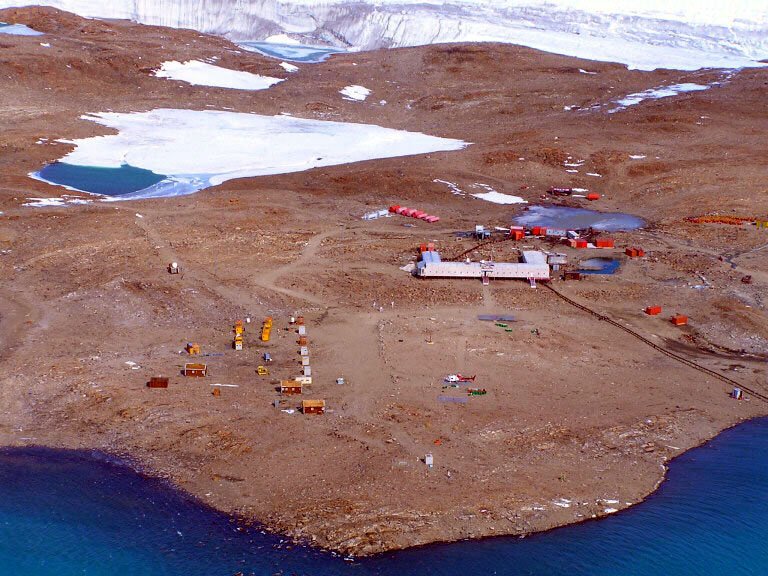
Today, scientists are using cutting-edge tools to probe deeper into Antarctica’s past. Ice-penetrating radar can reveal hidden landscapes, while DNA analysis of ancient plant material uncovers evolutionary secrets. Satellite imagery helps researchers map fossil sites from space, making it possible to plan expeditions more efficiently. Technology is helping us see beneath the ice—both literally and figuratively—and every year brings new discoveries.
What Antarctica’s Past Teaches Us About Climate Change
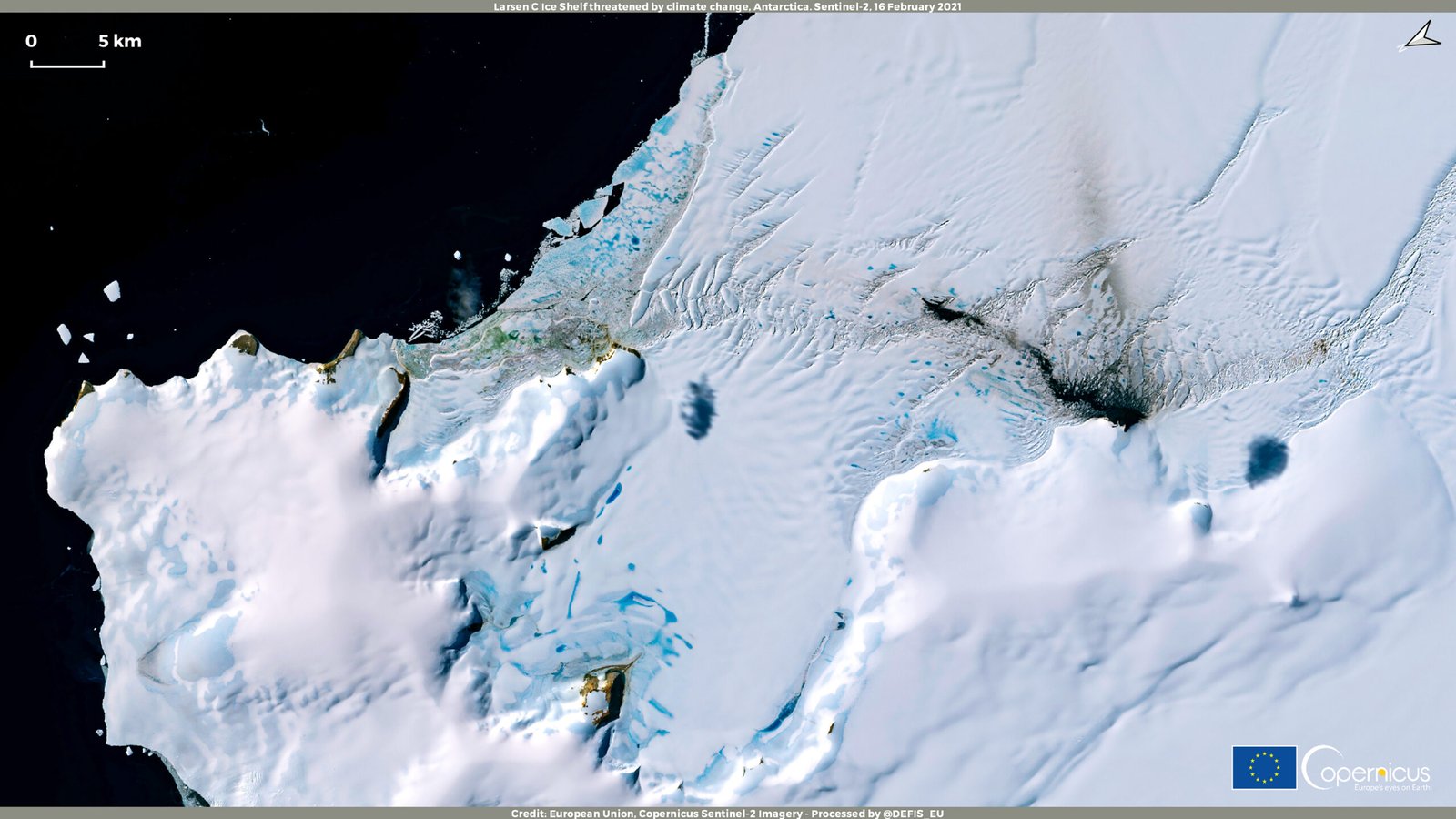
The story of Antarctica’s transformation from tropical forest to frozen desert is a powerful lesson about the forces that shape our planet. Fossils show how quickly life can change when the climate shifts. As modern Earth faces rising temperatures and melting ice, Antarctica’s history offers both a warning and a source of hope. It reminds us that nature is resilient, but also vulnerable to sudden change.
Human Curiosity: The Drive to Explore the Unknown
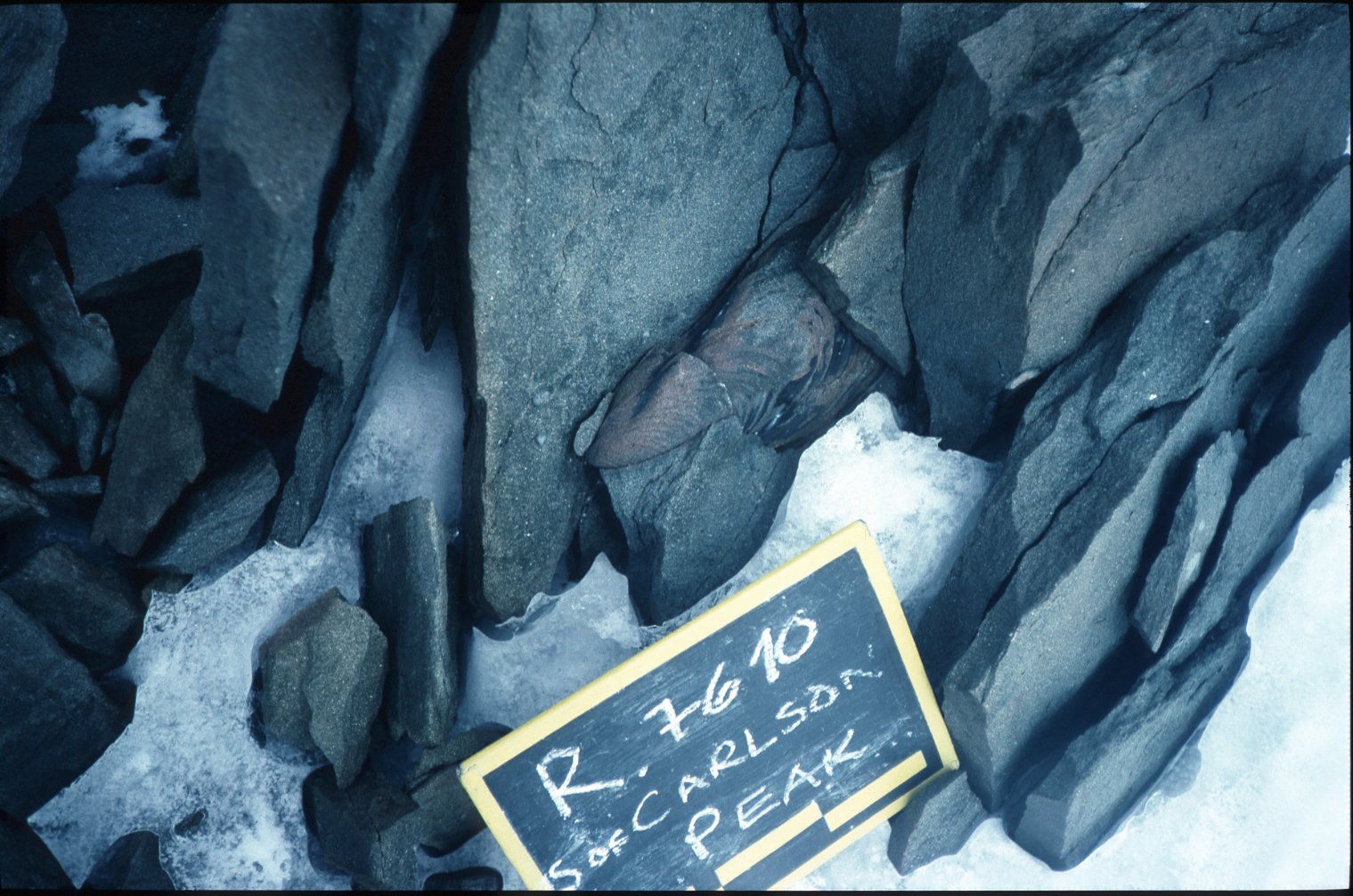
Why do people risk frostbite and isolation to dig for fossils in Antarctica? It’s not just about scientific discovery—it’s about the thrill of uncovering the unknown. Each fossil is a message from the past, a clue in a grand mystery that stretches across eons. The urge to solve these puzzles, to understand where we came from, is deeply human. Antarctica’s tropical past invites us to keep asking questions and to never stop exploring.
Envisioning a Lost World: Antarctica as You’ve Never Imagined
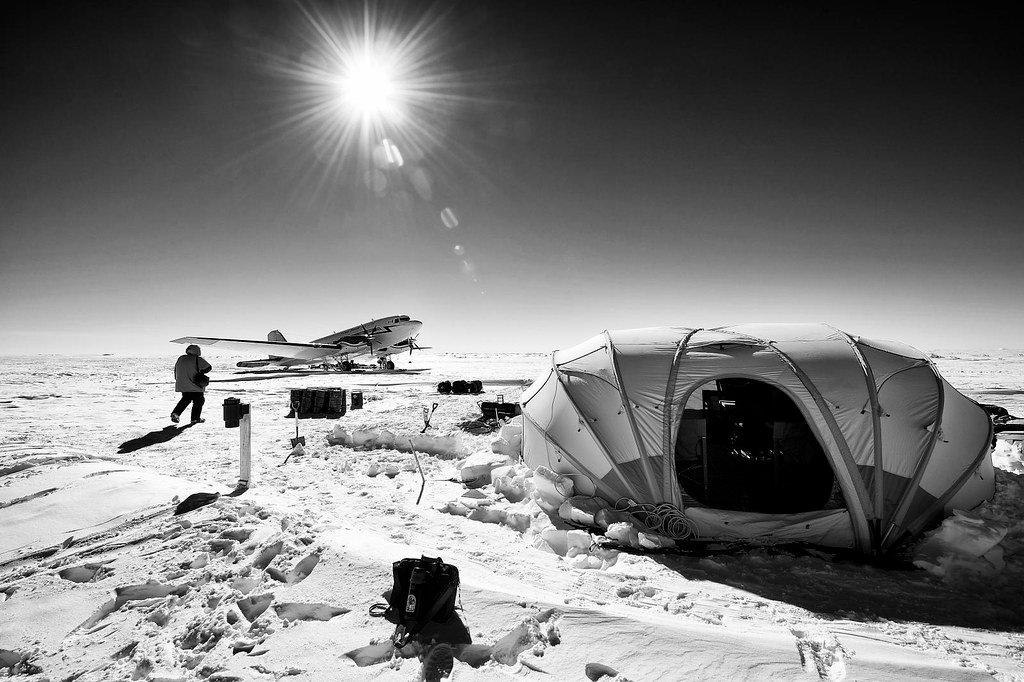
Close your eyes and picture it: sunlight streaming through ancient forests, rivers teeming with strange life, dinosaurs thundering across green plains. The ice that now covers Antarctica is just a thin blanket over a world lost in time. These vivid images, drawn from fossils and rocks, challenge us to see the continent not as a frozen wasteland but as a place of wonder and possibility. Antarctica’s tropical past is a story of transformation—a reminder that the world’s most unlikely places can hold the greatest secrets.


